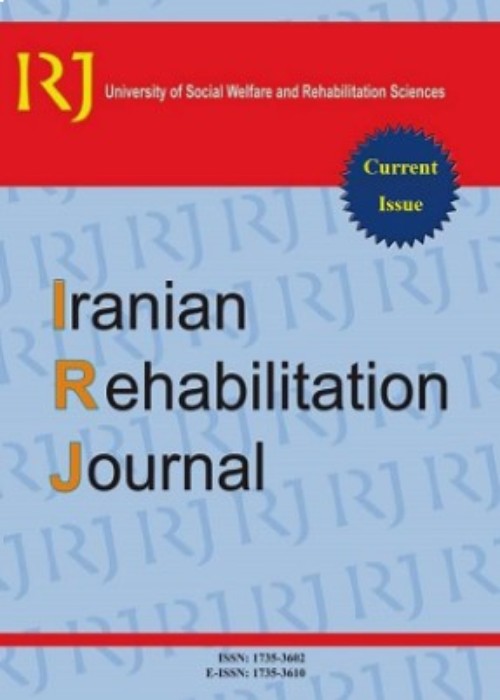Investigating the Relationship of Visual Treatment and Rehabilitation With the Quality of Life and Visual Status in Children With Diagnosed Amblyopia
Author(s):
Abstract:
Objectives
To assess the relationship between visual rehabilitation with the quality of life and visual status in children who had been diagnosed with amblyopia in the national amblyopia screening program.Methods
Information was gathered from optometric centers in the cities of Nowshahr, Chalus, and Kelardasht, or in case it was not available, from parents of participating children. The KINDL Health-Related Quality of Life Questionnaire for Children was also completed by the children. Children were examined regarding visual acuity, stereopsis, strabismus, and refractive errors. Statistical tests such as one way ANOVA and Pearson correlation coefficient were used via SPSS software version 22.Results
Overall, the researchers obtained the records of 90 children with amblyopia, of which 76 were included in the study based on the inclusion criteria. The amblyopic children who did not have an early and timely start of treatment aid and did not complete treatment were the most prevalent group (38.2%). The lowest frequency (13.2%) pertained to those who did not have a timely start of treatment but experienced a completed treatment process. The highest proportion of children with entirely uncorrected amblyopia was those who had a timely start of treatment but did not complete the treatment. The majority of amblyopic children who had a completely corrected amblyopia had strictly acted in accordance with their therapists prescription. In contrast, the majority of those children whose amblyopia was left completely untreated had not acted in accordance with the therapists prescription. The children who had started treatment early but had not completed it obtained the lowest score on quality of life. The highest mean score was observed in the children who had completed their treatment process, either with or without an early start of the treatment.Discussion
The completion of treatment seemed to be of higher importance in the correction of amblyopia and increased the quality of life than the early start of treatment. Therefore, the authorities and therapists are recommended to pay more attention to follow-ups for completion of the treatment process and its important impact on improving eyesight and childrens quality of life.Keywords:
Language:
English
Published:
Iranian Rehabilitation Journal, Volume:15 Issue: 32, Jun 2017
Pages:
155 to 164
magiran.com/p1736542
دانلود و مطالعه متن این مقاله با یکی از روشهای زیر امکان پذیر است:
اشتراک شخصی
با عضویت و پرداخت آنلاین حق اشتراک یکساله به مبلغ 1,390,000ريال میتوانید 70 عنوان مطلب دانلود کنید!
اشتراک سازمانی
به کتابخانه دانشگاه یا محل کار خود پیشنهاد کنید تا اشتراک سازمانی این پایگاه را برای دسترسی نامحدود همه کاربران به متن مطالب تهیه نمایند!
توجه!
- حق عضویت دریافتی صرف حمایت از نشریات عضو و نگهداری، تکمیل و توسعه مگیران میشود.
- پرداخت حق اشتراک و دانلود مقالات اجازه بازنشر آن در سایر رسانههای چاپی و دیجیتال را به کاربر نمیدهد.
In order to view content subscription is required
Personal subscription
Subscribe magiran.com for 70 € euros via PayPal and download 70 articles during a year.
Organization subscription
Please contact us to subscribe your university or library for unlimited access!


